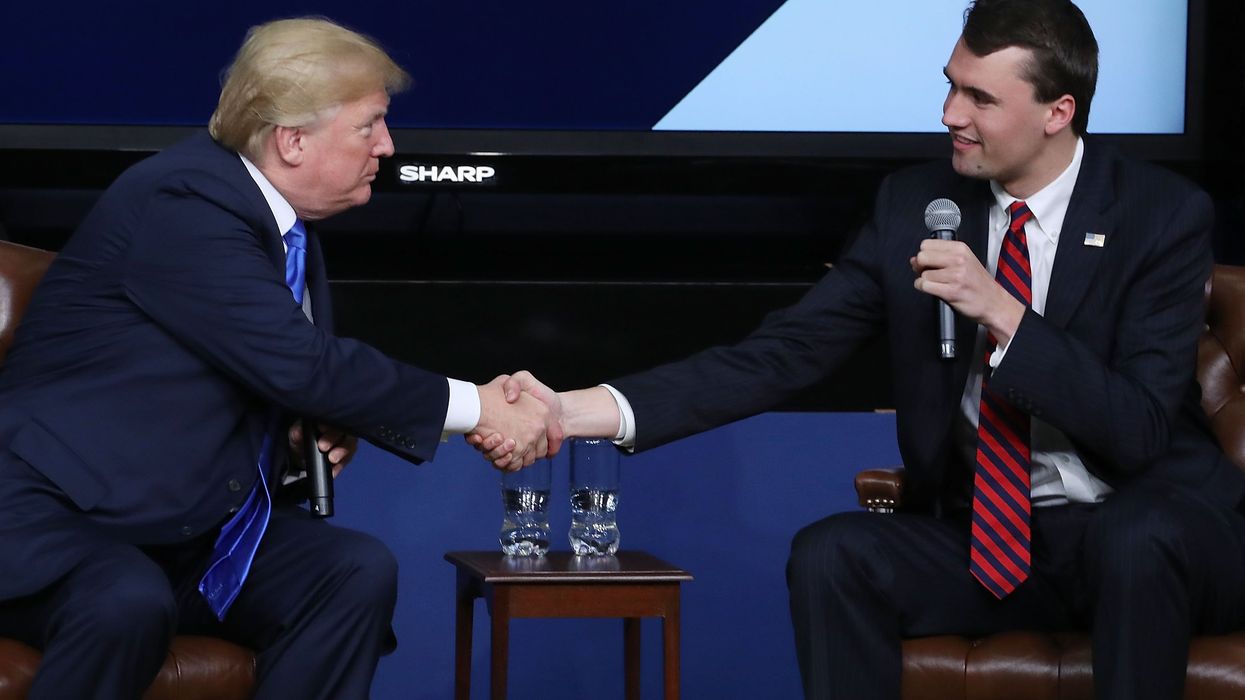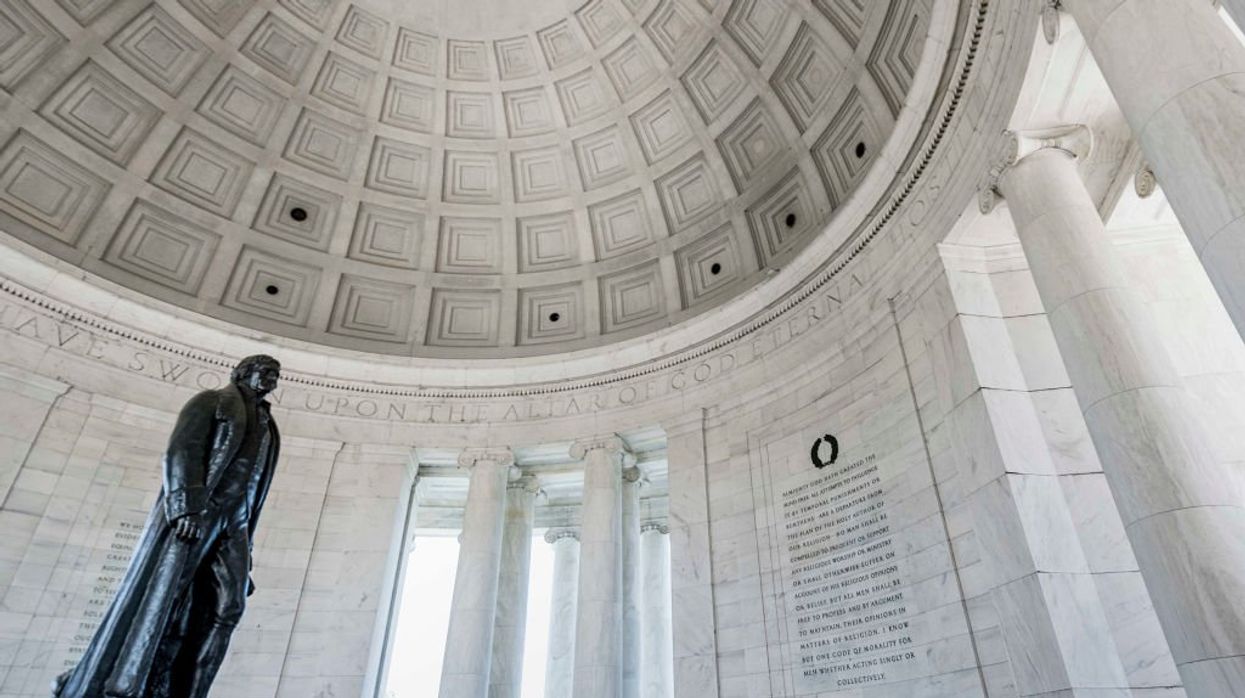In a four-part series for radio, Glenn tells the life story of presidential candidate Ted Cruz --- from his early upbringing by immigrant parents to his courageous leadership today. Known for tenaciously standing up to establishment power brokers in Washington --- on both sides --- and the media, Cruz has done so with both honor and class. Ted Cruz is, in Glenn's words, the George Washington we've been praying for, born at this time for a reason --- to become president of the United States.
Part III: The Supreme Court Years
At age 33, Ted Cruz became the youngest solicitor general of Texas in American history. He would go on to become the longest serving solicitor general, ferociously fighting for the Constitution. He sought out conservative, constitutional causes, distinguishing himself with exceptional achievements and victories:
• Cruz authored 70 United States Supreme Court briefs and presented 43 oral arguments, including nine before the United States Supreme Court --- more than any practicing lawyer in all of Texas or any current member of Congress. He took on some of the biggest cases decided by the courts in decades --- and won virtually every single time.
• Cruz won a huge Second Amendment victory in the District of Columbia versus Heller, drafting the amicus brief signed by the attorneys general of 31 different states and presenting the oral argument. This victory struck down a D.C. handgun ban as infringing upon the Second Amendment right to keep and bear arms --- and it changed everything regarding your right to carry a gun.
• Cruz wrote a brief on behalf all 50 states in the Elk Grove Unified School District versus Newdow case, in which atheist activist Michael Newdow sued on behalf of his daughter to stop schools from reciting the Pledge of Allegiance. He objected to the phrase, "One Nation Under God." For months, the pledge was not spoken in nine western states --- until Cruz argued the case. The Supreme Court upheld Cruz's belief that Newdow had no standing to file suit on behalf of his daughter.
• Cruz successfully defended the constitutionality of the Ten Commandments Monument on the Texas State Capitol grounds before the Fifth Circuit Court and the U.S. Supreme Court. As a result, the Ten Commandments Monument currently stands on the grounds of the Texas State Capitol.
• Cruz fought on behalf of the state of Texas to uphold the death penalty sentence for a vicious gang member who was in the United States illegally when he and other gang members brutally beat, raped, tortured and killed two teenage girls in Houston. The Mexican Consulate became involved, as well as then President George W. Bush, who sided with the Mexican government and turned the case over to the International Court of Justice which ruled against Texas and stayed the execution. Texas then turned to Solicitor General Ted Cruz. Appearing before the U.S. Supreme Court, Cruz successfully defended the Constitution. In a 6-3 decision, the Supreme Court ruled that decisions from the International Court of Justice were not binding in any domestic law and even the president had no power to enforce them. Ted Cruz won and gang member Jose Medellin met his maker.
Ted Cruz has a proven record of fighting for and defending the United States Constitution --- even when it means going against the establishment. In the case of Medellin versus Texas, not only did he go against a brutal, illegal alien murderer, the country of Mexico, the Geneva Convention, the International Court of Justice --- but also his former boss and the president of the United States, George W. Bush. This may provide insight into why George W. Bush broke his long-standing policy not to comment on politics to say recently about Cruz, "I just don't like the guy." Being embarrassed and beaten on the international stage isn't generally followed by afternoon tea.
There's a reason why the Republican establishment in D.C. is known for not liking Cruz. They stand for the party, for themselves and for their own political power. Ted Cruz doesn't play party politics or political games. Ted Cruz stands for principles, values, integrity and the United States Constitution.
What does your candidate stand for?
Coming in Part IV: In the final installment of this series, Glenn explains why Ted Cruz is the candidate for him --- and why Cruz is the only man for the job this time around.
Listen to the Full Series on Ted Cruz:
Part III: The Supreme Court Years
Featured Image: Senator Ted Cruz

 Mark Wilson / Staff | Getty Images
Mark Wilson / Staff | Getty Images
 John Greim / Contributor | Getty Images
John Greim / Contributor | Getty Images